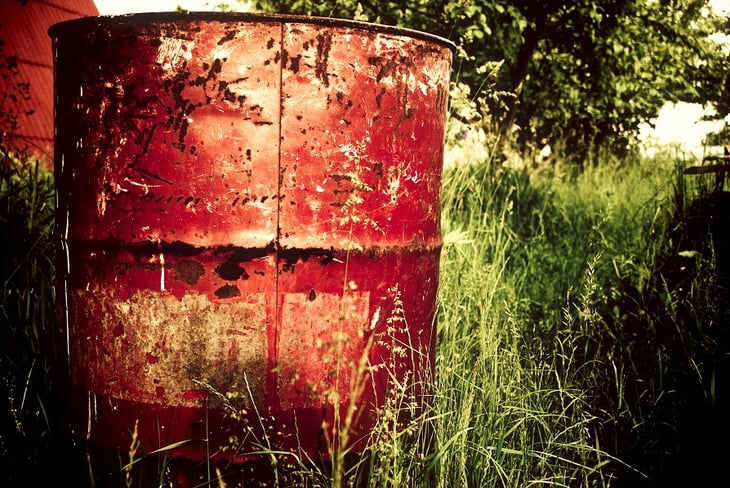How does one best measure the performance of a remediation technique? A simple-sounding question with a twist: a definitive answer doesn't quite exist. Depending on who you ask, you may find a dozen different perspectives. This makes sense when you consider the fact that different parties consider success via different aspects of a remedial technology.
To the public, the most important metric to consider may be area contaminant reduction, whereas the companies that are administrating the remediation may consider operating cost, scalability and worker safety as primary measures of success. The field as a whole hasn't yet settled on a standard set of metrics from which to judge a particular method's performance - but we can break it down into two essential categories: technological performance and commercial characteristics.
Determining technical performance first demands the simple question: how effectively can a remediation method reduce health and environmental risk? Unfortunately, assessing risk at a contaminated site isn't a cut-and-dry business, as there can be many complicating factors in determining the reach of ill effects. For example, exposure to some contaminants may not show harmful effects to the human body until much later. Or, in some cases, the limits of contaminant dispersion can be hard to pin down. This all means that assessing technical performance of a remediation technique can be difficult if the risk to human and environmental health isn't immediately clear.
 Ease of scaleup and implementation can be a deciding factor when evaluating remedial technology.
Ease of scaleup and implementation can be a deciding factor when evaluating remedial technology.The National Research Council proposed that a technology's capacity to reduce human and environmental harm be judged on 4 factors: Reduction in contaminant mass, reduction in contaminant concentration, reduction in contaminant mobility and reduction in contaminant toxicity. While this criteria makes for clear cleanup goals - if we want to comprehensively measure the technical proficiency of a remediation technique, we must consider some less-obvious data as well. How well does the method perform over a range of environmental conditions? How hardy it is in the face of say, changing weather? Taking the time to measure success across a range of situations - not just ideal conditions - can pay dividends. It's also worth making sure that your data is coherently sampled in terms of location; standardizing where measurements of contaminant reduction will be taken (the center of the site/the site boundaries/etc) can make for more complete performance reporting.
Another notable point is the potential for a remediation project to generate secondary emissions. This is something nearly every relevant group can agree on as a major indicator of efficiency. After all, what's the use in cleaning up the soil if the process ejects a significant amount of byproduct into the surrounding air? Even if the amount of secondary emission mass is low, the toxicity and proximity to unshielded workers can be a cause for concern. Even if those conducting remediation on-site are properly suited up for the task, those working downwind may not be.
Whether you're evaluating remedial technology or gauging enterprise performance as a whole, it's easy to fall into the habit of glossing over the details in your data to pull the performance story that you (or your bosses) want to hear. Delving a little deeper into your data and considering these more subtle indicators of performance will always be worth it. Data doesn't lie! The more you are willing to objectively consider what your numbers are telling you, the more your decision-making power will grow.
Wanna know more about enterprise performance? Download our whitepaper to learn how your remediation portfolio can benefit from modern management technology.




